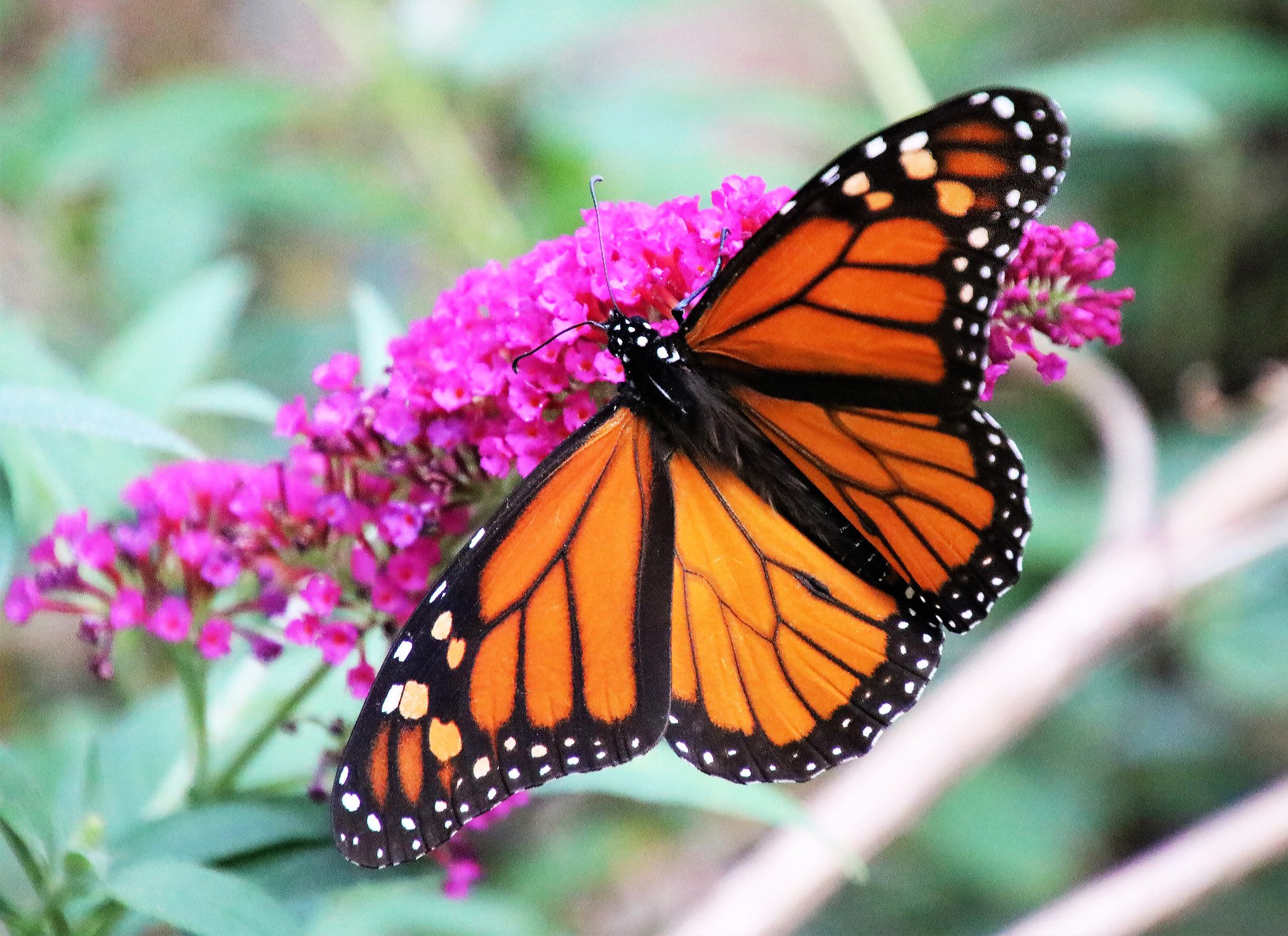Lawn & Garden

Spring is in the air and soon something else will fill the air—butterflies. With their graceful movement and astonishing beauty, butterflies are delicate winged creatures that delight the young and old alike. Today, butterflies are one of the most emblematic insects that hold a special place in human culture. The butterfly is a metaphor for hope, joy, and transformation. It is a totem for rebirth, a triumph of the soul and spirit. Butterflies are also often used as a canvas for striking works of art. Still, there is so much more to these jeweled insects than meets the eye—and humans rely on them for pollination.
The Pollinator
Approximately one-third of all plants need pollination to set fruit. Butterflies are major pollinators. Butterflies serve as a barometer when something is amiss in the ecosystem. At all developmental stages, butterflies are a food source in the food chain for bats, birds, frogs, lizards, and toads—among others. More than just their beauty, an abundant and diverse butterfly population signifies a thriving ecosystem due to their role as predator and prey. The welfare of butterflies is increasingly threatened by habitat loss, widespread pesticide use, climate, and weather changes. That’s why it’s important for people to learn more about them.
Learn About Butterflies
March 14 is National Learn About Butterflies Day. National Learn about Butterflies Day is an initiative to encourage and educate everyone to take time to learn more about these beautiful, winged insects and their importance to the ecosystem. Looking for some inspiration on how to celebrate? Below are a few ideas you may want to try.
- Start a butterfly garden. Consider planting nectar-producing flowers that have orange, pink, purple, red, or yellow blossoms. Pick a sunny location and plant in clusters.
- Serve butterfly treats. Fresh fruit is the perfect springtime butterfly snack. Place a bit of fruit out in your garden for butterflies to enjoy.
- Learn something you didn’t know about butterflies. For example, did you know the following:
- There are 165,000 known species of butterflies found on every continent except Antarctica.
- Some butterfly species lay their eggs only on one type of plant.
- Butterflies taste with their feet.
- Visit a local butterfly house, conservatory, or lepidopterarium. These facilities specialize in breeding and displaying butterflies with an emphasis on education.
Observe the Day
Remember, March 14 is National Learn About Butterflies Day. Butterflies bring joy, relaxation, and an awareness of nature to those who observe them. Conserving butterflies benefits both plants and animals that depend on them as well as the future of our natural environment. Check out this video and information on Attracting Monarch Butterflies to Your Garden.

